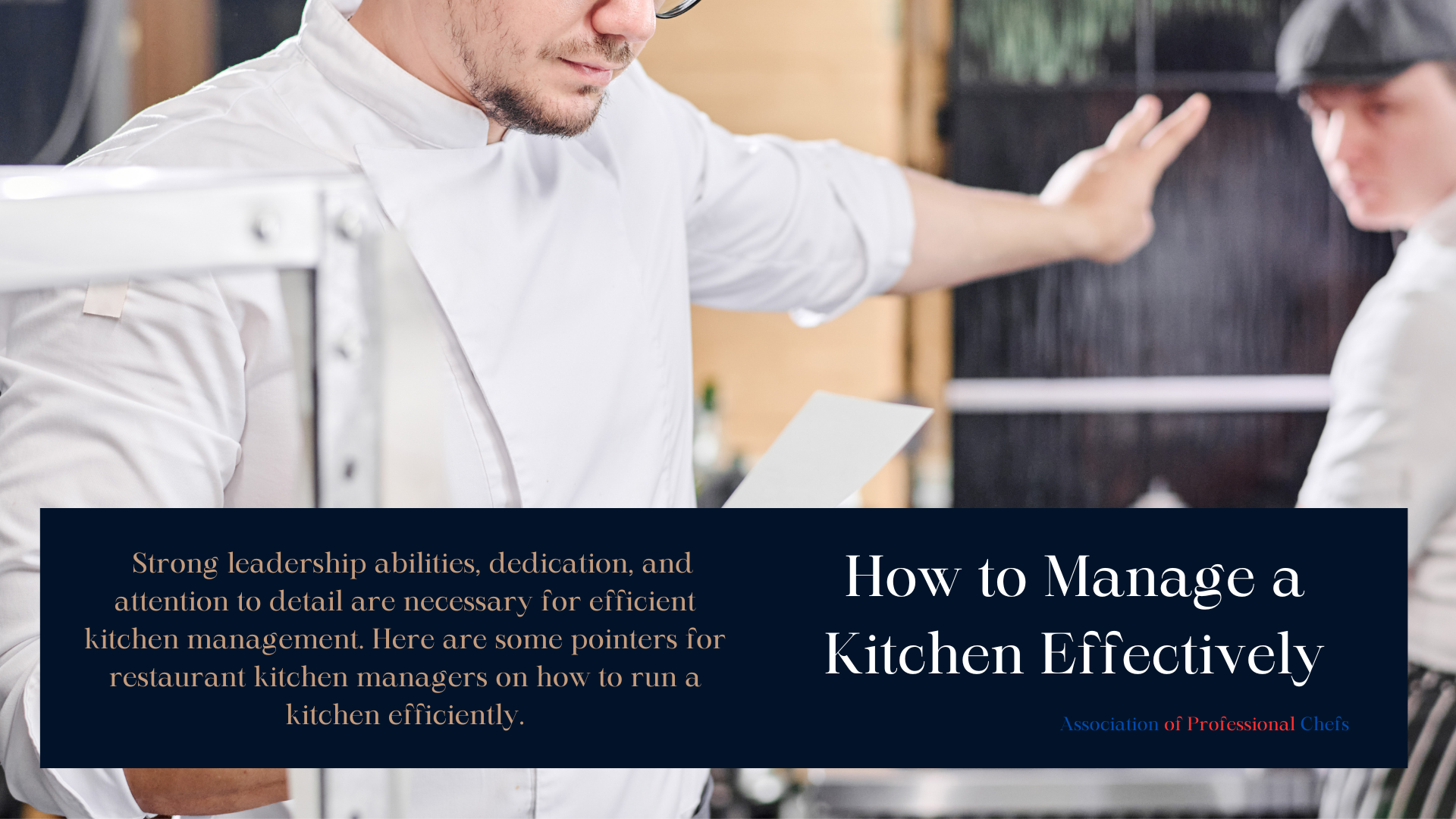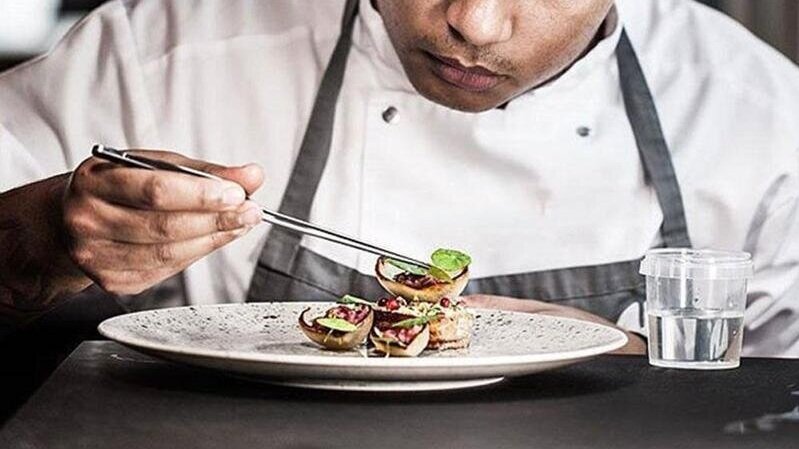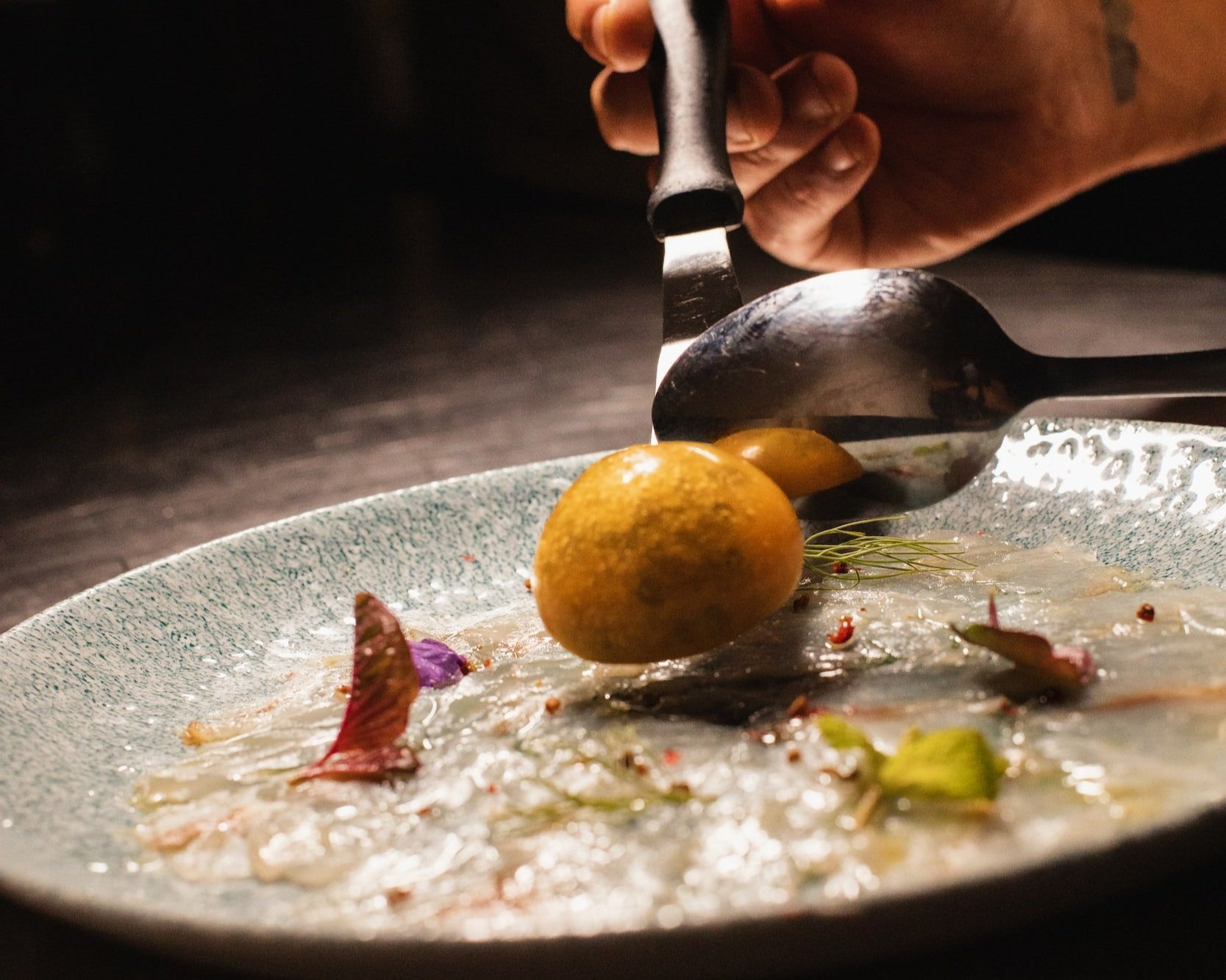Modernist Cuisine
Effective Kitchen Management Strategies
Strong leadership abilities, dedication, and attention to detail are necessary for efficient kitchen management. Here are some pointers for restaurant kitchen managers on how to run a kitchen efficiently.
-
Modernist Cuisine
Sous Vide Cooking
Plating
Molecular Gastronomy
Modernist Cuisine
Modernist cuisine takes traditional cooking methods and ingredients and elevates them to new heights with cutting-edge techniques and equipment. If you want to learn how to create truly innovative dishes, modernist cuisine is the way to go.
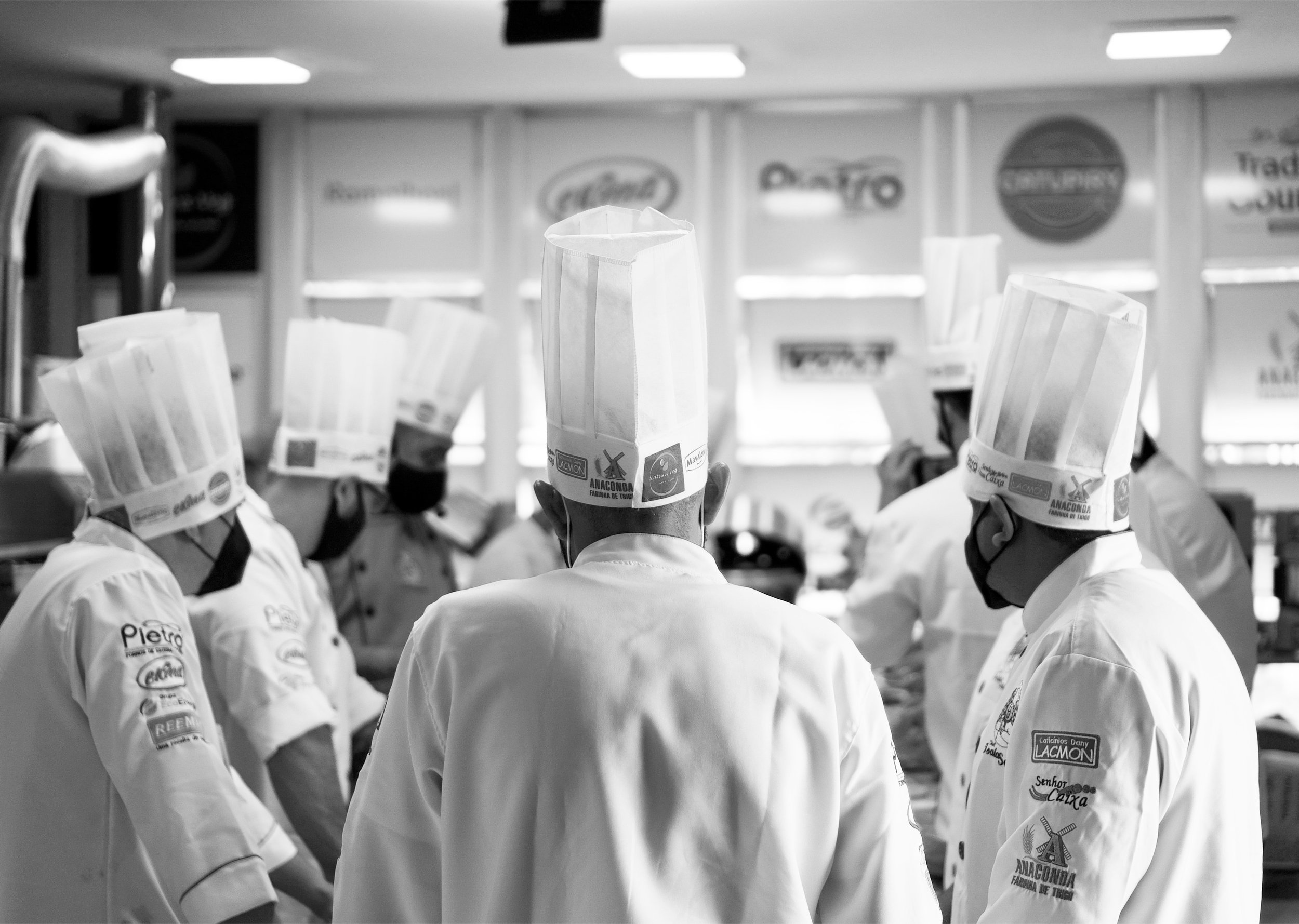
In recent years, modernist cuisine has become increasingly popular, being adopted by both home cooks and professionals alike.
But what is modernist cuisine exactly, and how does it differ from traditional cooking methods?
Modernist cuisine is a style of cooking that relies heavily on scientific knowledge and techniques. It focuses on combining different ingredients to create unique and interesting dishes, often using unconventional tools such as sous vide, high-pressure cookers, and centrifuges.
Today, modernist cuisine skills are in high demand by top restaurants. Here are some of the most popular modernist cuisine skills:
-
This cooking method involves sealing food in a vacuum-sealed bag and then cooking it in a water bath at a very precise temperature. This allows you to cook food perfectly every time, without any risk of overcooking or undercooking.
-
Plating is an art form in itself, and one that is essential for creating beautiful modernist cuisine dishes. Learning how to plate food correctly will allow you to create visual masterpieces that are sure to impress your guests.
-
This is a culinary technique that uses science to create new and innovative dishes. Molecular gastronomy can be used to create foams, gels, and other textured dishes that are both visually stunning and delicious.
Modernist cuisine is known for its use of new and innovative techniques, ingredients, and presentation styles. Modernist cuisine has its roots in French cooking, but has been influenced by international cuisines as well
Modernist cuisine is a new style of cooking that has been taking the culinary world by storm. It is a style of cooking that is based on scientific principles, and it often involves using new techniques and tools to create dishes that are both delicious and visually stunning.
One of the most important things to keep in mind when preparing modernist cuisine is that simplicity is key. Rather than try to cram too many flavors into one dish, focus on creating a few simple, but well-executed dishes that will wow your diners. Additionally, don't be afraid to experiment with different ingredients and techniques. Be creative and have fun with it!
Sous Vide
This advanced cooking technique involves sealing food in an airtight bag and then cooking it in a water bath at a very precise temperature. This allows for exceptionally tender and flavourful results.

It’s a technique that has been gaining traction in the culinary world for a few years now, and it’s not hard to see why. Sous-vide is a French term that translates to “under vacuum” and is an incredibly effective way of cooking food in a temperature-controlled water bath. The food is placed in a sealed bag with any desired seasonings and then cooked at a precise temperature - resulting in perfect, evenly cooked meals every time.
This cooking method can be used for meat, fish, vegetables and even desserts!
Plating
The arrangement and overall styling of food upon bringing it to the plate is termed plating.
Plating is an art form in itself, and one that is essential for creating beautiful modernist cuisine dishes. Learning how to plate food correctly will allow you to create visual masterpieces that are sure to impress your guests.
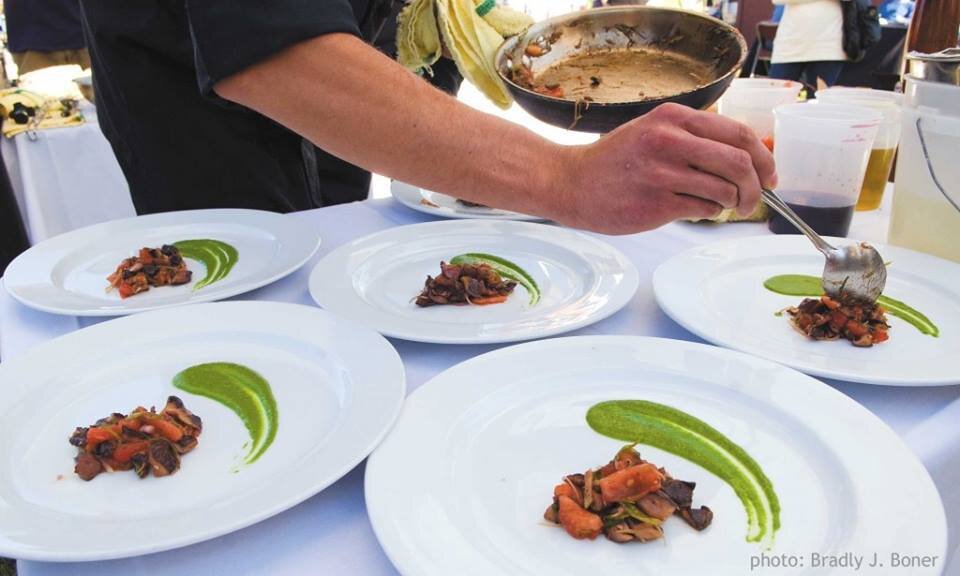
Plating is an essential skill for chefs, restaurateurs, and food enthusiasts alike. It is the art of arranging and styling food in a visually appealing way before it is served to customers. Plating can be used to enhance the flavors, aromas, and textures of food by creating a balanced composition that brings out the best in each dish. With the right techniques and creativity, plating can transform simple dishes into works of art that are both pleasing to the eye and palate.
Molecular Gastronomy
This is a relatively new field of cuisine that uses science to create unique and fascinating dishes. If you're looking to push the boundaries of culinary creativity, molecular gastronomy is definitely worth exploring.
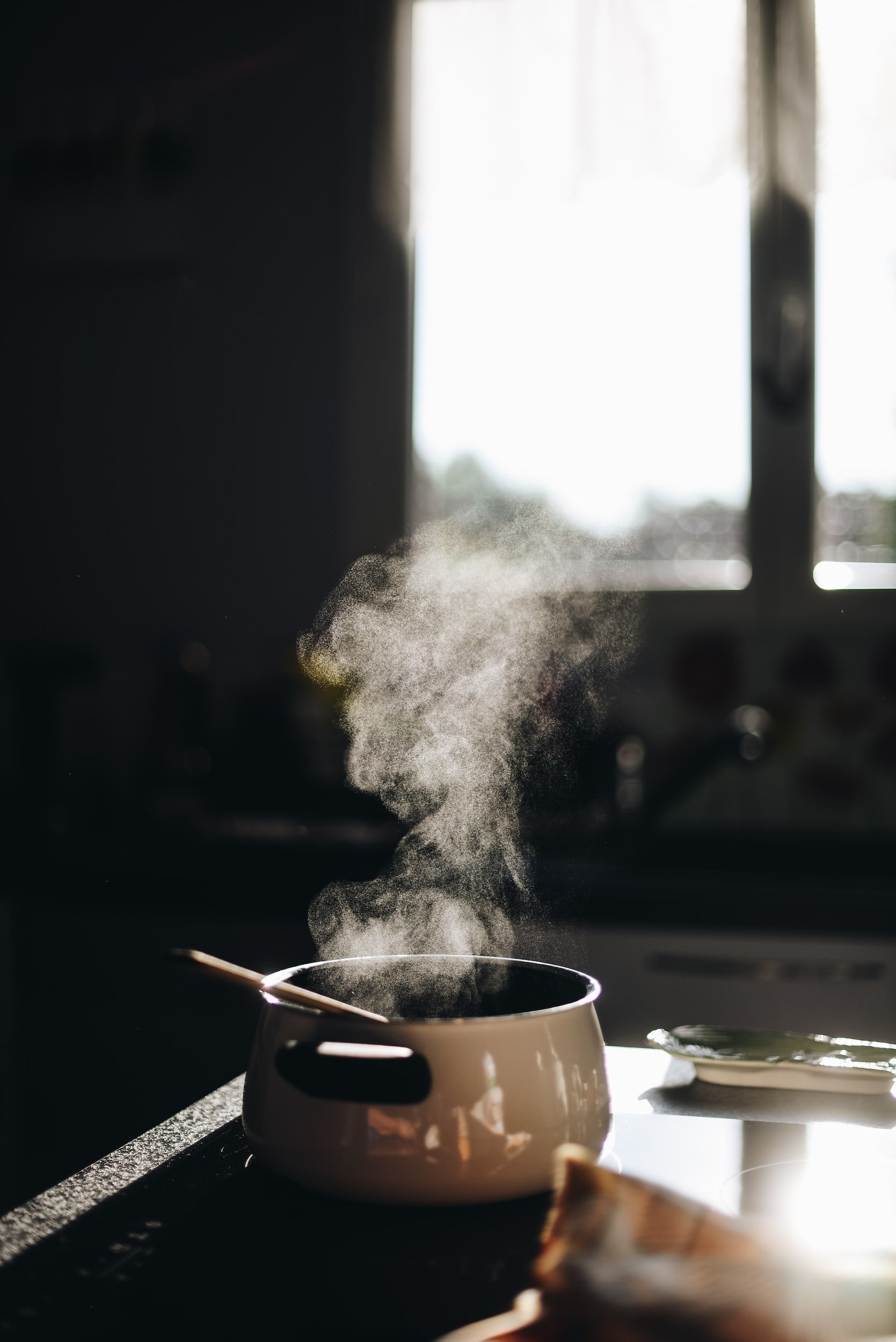
Molecular gastronomy is a subcategory of food science that seeks to investigate the physical and chemical transformations of ingredients during cooking. It combines the art and science of cooking to explore new textures, flavors, and combinations in food.

French Cuisine
French Cuisine is one of the most renowned and celebrated culinary traditions in the world, deeply rooted in history, regional diversity, and a focus on fresh ingredients. It is often associated with elegance, finesse, and a strong emphasis on techniques and presentation.



